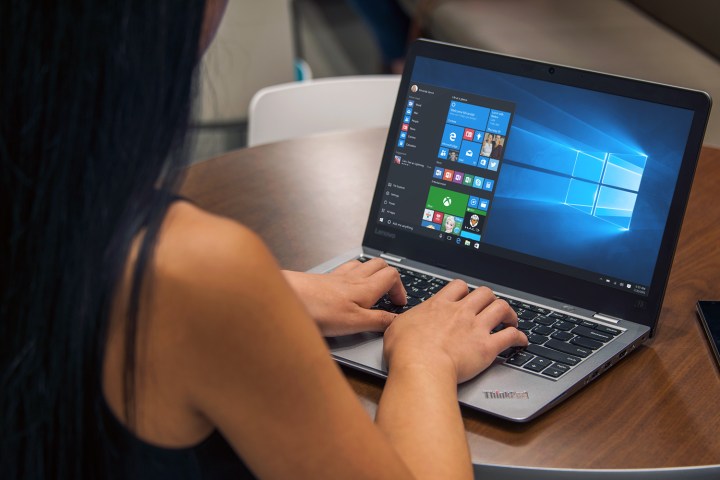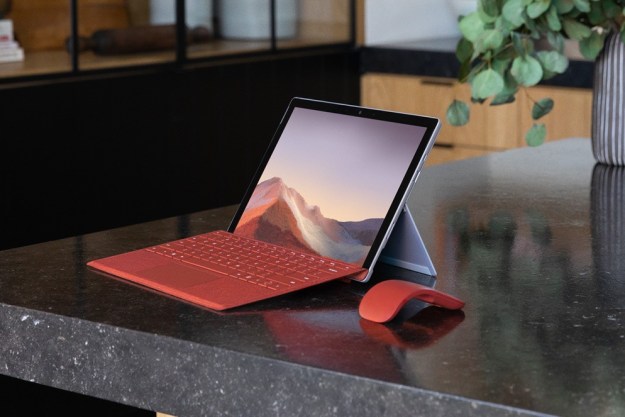
Windows 10 has also reached a new and very specific milestone. It’s now the only Microsoft OS that an original equipment manufacturer (OEM) can order to put on its machines. As of today, Microsoft has removed Windows 7 and Windows 8.1 completely as OEM options, as MSPU reports.
Most Windows 7 versions were already discontinued as of two years ago, including Windows 7 Home versions and Windows 7 Ultimate. Only Windows 7 Professional remained available to OEMs, along with Windows 8.1. That ends today, meaning that when an OEM ships a system to consumers or businesses, the machine will be running Windows 10 exclusively.
In general, Microsoft has also offered up an updated list of support for its various operating systems going all the way back to Windows XP. The bottom line for users and business IT departments is that if you want to use a supported OS in the future, then you’ll want to upgrade to Windows 10 if you haven’t already. Mainstream support for Windows 7 is already well past, and even extended support ends in 2020. Windows 8 will receive mainstream support through 2018, and extended support ends in 2023.
While Microsoft indicates that Windows 10 mainstream support ends in 2020, and extended support in 2025, Microsoft has already made it clear that Windows 10 will be the only Windows version to be offered. Windows 10 as a Service means that the OS will simply continue to receive updates like the upcoming Creators Update early in 2017, and so support will likely simply get extended as time goes on.
In any case, if you’re buying a new machine this holiday, or getting ready to refresh your business PCs, then be prepared to receive Windows 10. Given that Windows 10 offers the best experience for today’s touchscreen notebooks and 2-in-1s, that’s a good thing, and so OEMs likely won’t be losing any sleep over the inability to purchase new licenses of Windows 7 and 8.1.
Editors' Recommendations
- PC gamers — Windows 7, 8, and 8.1 are officially dead
- This popular photo-editing app will no longer work on Windows 7 and Windows 8.1
- M1 MacBooks can now run Windows 10 up to 30% faster than Intel Macs
- Windows 7 has been dead for a year, but 100 million PCs still use it
- Windows 10 can run better virtualized on Apple’s M1 Macs than on Surface Pro X


